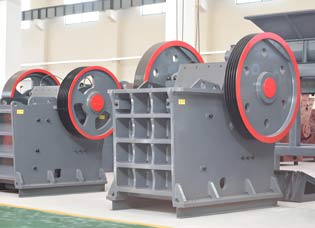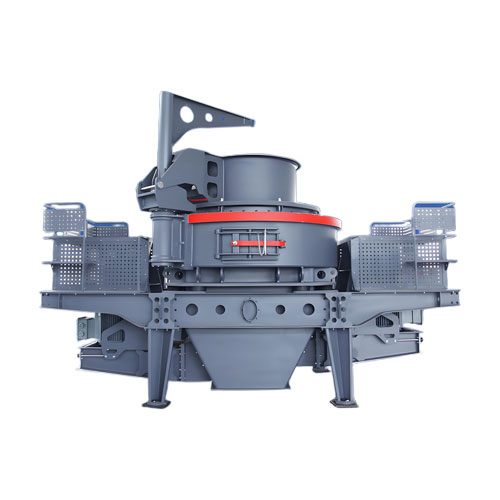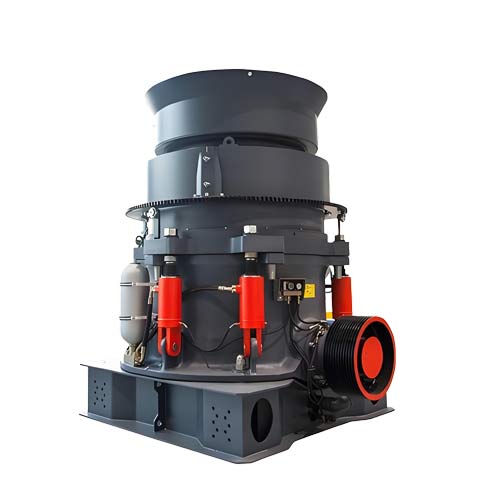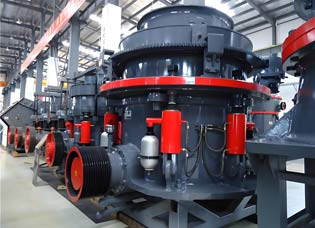Energy consumption of basalt vertical mill equipment
The energy consumption of the basalt vertical mill is as low as 15-25kWh/t, which is 30%-50% more energy-efficient than a ball mill. Combined with 99.9% dust removal efficiency and ≤85dB noise control, the intelligent system optimizes operation in real time, achieving green production with high efficiency, energy saving, and ultra-low emissions.

Equipment energy consumption performance indicators
The energy consumption of basalt vertical mill mainly involves electricity consumption, and its performance directly affects production costs. The key energy consumption indicators and related influencing factors are as follows:
1. Energy consumption per unit product
● Definition: Refers to the electrical energy required to process one ton of basalt finished products (such as powders and pellets), usually measured in “kWh/t”.
● Influencing factors:
○ Grinding mill model and production capacity: Large grinding mills (such as the GKLMX series) usually have lower unit energy consumption than small grinding mills, but they must match the actual production capacity requirements to avoid energy waste caused by “a big horse pulling a small cart”.
○ Material characteristics: The higher the hardness, initial particle size, and moisture content of basalt, the higher the energy consumption. For example, processing high-hardness basalt consumes 10%-20% more energy than processing medium-hardness basalt.
○ Finished product fineness: The higher the fineness requirement (e.g., ultrafine powder ≤ 10μm), the more energy consumption increases. For example, when producing 200-mesh and 400-mesh powders, the energy consumption of the latter may increase by 30%-50%.
○ Grinding disc and grinding roller design: High-efficiency grinding disc structure (such as multi-channel annular groove design) and wear-resistant materials (such as high chromium alloy) can reduce friction loss and lower energy consumption.
2. Motor and drive system efficiency
● High-efficiency motor: It uses variable frequency speed regulation motor, which saves 5%-15% energy compared with traditional motor.
● Transmission system optimization: The vertical mill adopts vertical transmission to reduce transmission loss. For example, the transmission efficiency of the planetary gearbox can reach over 98%, which saves about 10% energy compared with belt transmission.

3. System energy-saving technology
● Automatic control system: intelligently controls material feeding amount, grinding disc speed, and classifier wind speed to avoid energy waste due to no-load operation or overload.
● Waste heat recovery: Some high-end equipment is equipped with a hot air circulation system, which uses the hot air discharged from the mill to dry the material, saving energy by about 5%-8%.
● Classifier optimization: Dynamic powder classifier can accurately control the particle size of finished products, reduce over-grinding and reduce energy consumption.
4. Energy consumption comparison reference
● Take the GKLM series vertical mill as an example:
○ Processing 80-325 mesh basalt powder: unit energy consumption is about 15-25 kWh/t;
○ Processing ultrafine powder (≤10μm): unit energy consumption is about 30-40 kWh/t.
● Compared with traditional ball mills, vertical mills reduce energy consumption by about 30%-50%.

Environmental performance indicators
Environmental performance is an important consideration in equipment selection, especially in terms of dust, noise, and waste disposal. Key indicators are as follows:
1. Dust emissions
● Emission standards: Must comply with the requirements of the “Integrated Emission Standards for Air Pollutants” (GB 16297), and special emission limits (such as ≤10mg/m³) shall be implemented in key areas.
● Dust removal system:
○ Bag dust collector: efficiency ≥99.9%, suitable for fine powder collection, emission concentration can be reduced to 5-10mg/m³.
○ Electrostatic precipitator + bag combination: for ultrafine powder processing, ensuring emission standards are met.
○ Equipment sealing: The mill operates under negative pressure, and the grinding roller, grinding disc and pipeline joints are sealed to reduce dust escape.

2. Noise control
● Noise limit: Factory boundary noise must comply with the “Environmental Noise Emission Standards for Industrial Enterprises” (GB 12348), usually requiring ≤85dB (A).
● Noise reduction measures:
○ The grinding mill body is equipped with a soundproof cover to reduce mechanical vibration noise;
○ Install silencers on fans and motors;
○ The factory building is decorated with sound-absorbing materials to reduce noise diffusion.
3. Waste and wastewater treatment
● Waste slag treatment: The small amount of metal wear particles discharged from the mill can be recycled and reused to reduce solid waste emissions.
● Wastewater treatment: The wastewater generated by the wet dust removal system needs to be treated in a sedimentation tank and recycled or discharged in compliance with standards.
● Dust recovery: The collected dust can be reused as cement admixture, etc., realizing resource utilization.
4. Other environmental features
● Low-carbon process: The vertical mill’s “grinding and selection” process reduces over-grinding and lowers CO₂ emissions.
● No secondary pollution: Pulse bag dust removal is used to avoid secondary dust generation when cleaning the filter bag.
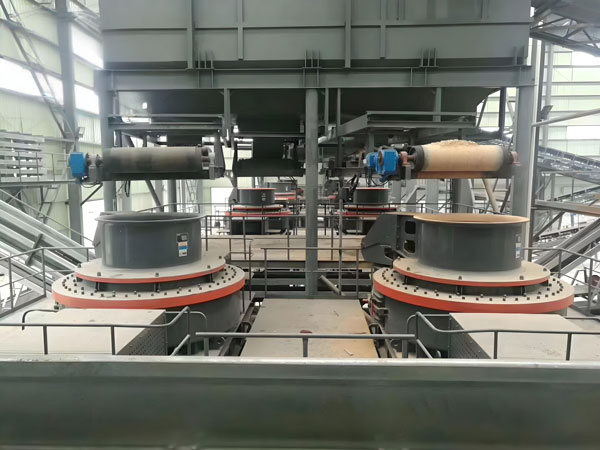
Considerations for energy consumption and environmental performance when purchasing equipment
1. Energy consumption:
● Clarify production capacity requirements: Select a grinding mill model that matches the production scale to avoid energy waste caused by “selecting large equipment for small production capacity”.
● Pay attention to the motor energy efficiency level: give priority to motors that meet the national energy efficiency standards of level 3 or above.
● Examine the efficiency of the transmission system: give priority to gear transmission or hydraulic transmission, and avoid old belt transmission technology.
● Ask about energy-saving configurations: such as whether hot air circulation, frequency conversion control, automatic lubrication system, etc. are standard.
2. Environmental protection:
● Check the dust removal system: confirm the model and emission standards of the dust removal equipment, and whether a third-party inspection report is provided.
● Noise control measures: Suppliers are required to provide equipment noise parameters and explain noise reduction technologies.
● Solid waste treatment plan: Find out whether the equipment is equipped with waste residue recovery equipment to avoid environmental compliance risks.
● Environmental certification: Give priority to equipment manufacturers that have passed ISO 14001 environmental management system certification.
Technology Development Trends
1. Intelligent energy saving: Integrates IoT technology to monitor energy consumption and environmental indicators in real time and automatically optimize operating parameters.
2. New energy application: Some grinding mills are now equipped with solar energy storage systems to reduce dependence on the power grid.
3. Ultra-low emissions: Develop new dust removal technologies (such as wet electrostatic precipitators) to achieve dust emissions ≤ 5mg/m³.
Related Products
Inquiry
Please leave us your requirements, we will contact you soon.


